One of the most fascinating paintings by Diego Velázquez (1599-1660) was created in the final years of the artist’s life. It depicts a remarkable scene in which nothing appears to be what it really is.
In this article, we have created a list with some of the most interesting facts about Las Meninas, one of the most analyzed Baroque paintings ever created by a renowned artist of the Baroque period.
1. It was painted in the 1650s and originally had a different name
Las Meninas is the most famous painting created by Spanish Golden Age painter Diego Velázquez. Most of his paintings consist of portraits of the royal family as he was the court painter of Philip IV of Spain (1605-1665).
This work was completed in the year 1656 and was originally titled “La Familia” or “The Family.” This pretty much explains that the members of the royal family are depicted.
With dimensions of 318 × 276 centimeters (125.2 × 108.7 inches), it’s also a relatively large and impressive painting when you stand in front of it!
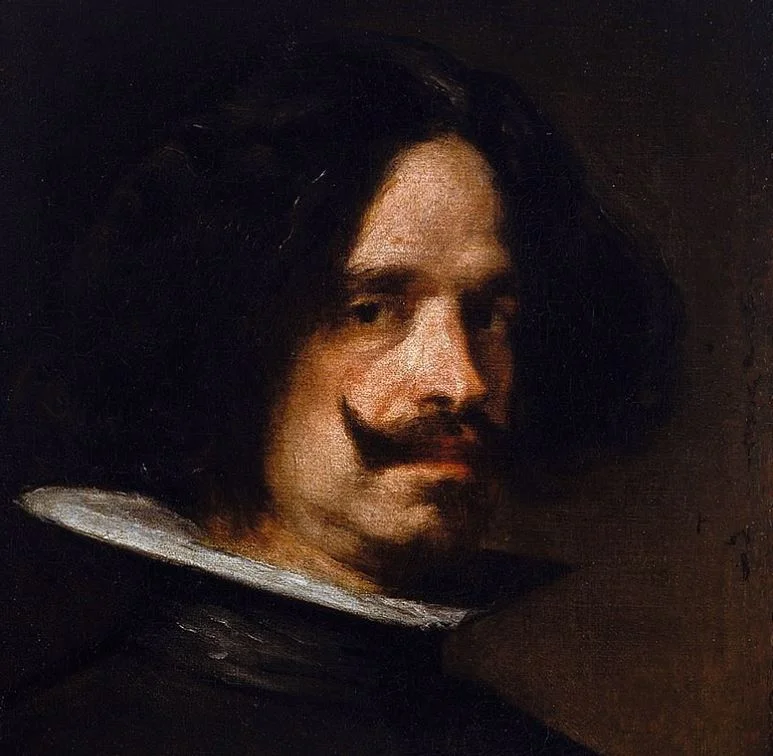
2. It depicts multiple members of the royal family and its entourage
The first detailed description of the painting was made in the year 1724 by contemporary art historian Antonio Palomino (1655-1726), a man who can be compared to Giorgio Vasari in Italy as he was both a painter and a critic, but better at the latter.
The depicted people are as follows:
- Infanta Margaret Theresa – The 5-year-old daughter of the King and Queen.
- Doña Isabel de Velasco – Menina 1 or “Lady-in-waiting.”
- Doña María Agustina Sarmiento de Sotomayor – Menina 2.
- Mari Bárbola – Austrian-born court dwarf.
- Nicolás Pertusato – Italian-born court jester.
- Doña Marcela de Ulloa – The chaperone of the princess.
- The only unidentified person in the painting assumed to be a bodyguard.
- Don José Nieto Velázquez – The queen’s chamberlain.
- Diego Velázquez himself.
- King Philip IV
- Queen Mariana

3. The painting probably depicts a room at the Royal Alcázar
All art historians agree that the painting depicts a room at the Royal Alcázar of Madrid, a huge building that served as the official residence of King Philip IV during his reign.
Which room exactly is uncertain, but it’s most probably the painter’s studio. This also means that this is the so-called “Pieza Principal,” the main room of the former living quarters of the King’s son Balthasar Charles who died in 1646, 10 years before this painting was created.
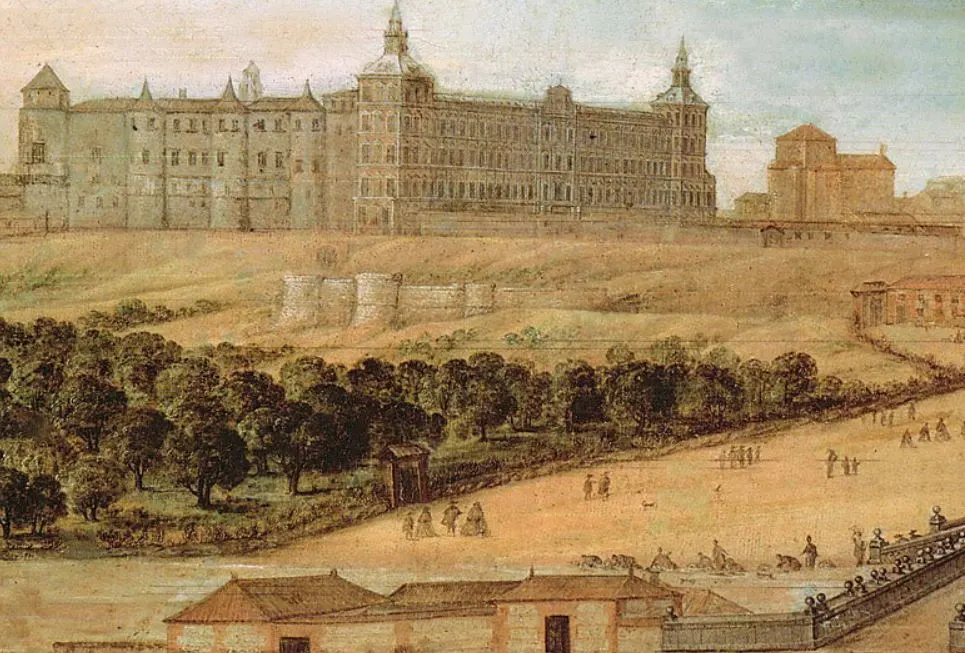
4. The painting was saved from a huge fire in 1734

The Royal Alcázar of Madrid was a huge fortress that was originally built by the Muslims in the second half of the 9th century. It was seriously expanded in the 16th century and the exterior was completely redesigned on the orders of King Philip IV in 1636.
A huge fire broke out on Christmas Eve of the year 1734 which raged for 4 days, completely destroying this old structure. Many works of art that decorated the walls of the fortress were destroyed as well, including multiple works by Velázquez. Luckily, Las Meninas was saved from the flames!
The Royal Palace of Madrid was built shortly after this devastating event between 1738 and 1755 on the exact spot that the Royal Alcázar was located.

5. It was painted with the usual pigments of the time
As with most masterpieces, this painting has been thoroughly analyzed so we pretty much know all of its secrets. One of these is that the artist himself made some quick changes to the painting after it was completed. His head was originally tilting to the left instead of to the right as we can see now.
Even though the painting was saved from the fire, it was damaged and restored by court painter Juan García de Miranda (1677–1749) shortly afterward. It was also cut down on both sides for unknown reasons.
The colors used in the painting are the ones used mostly by Velázquez and other Baroque painters. These include:
- lead white
- azurite
- vermilion and red lake
- ochres
- carbon blacks
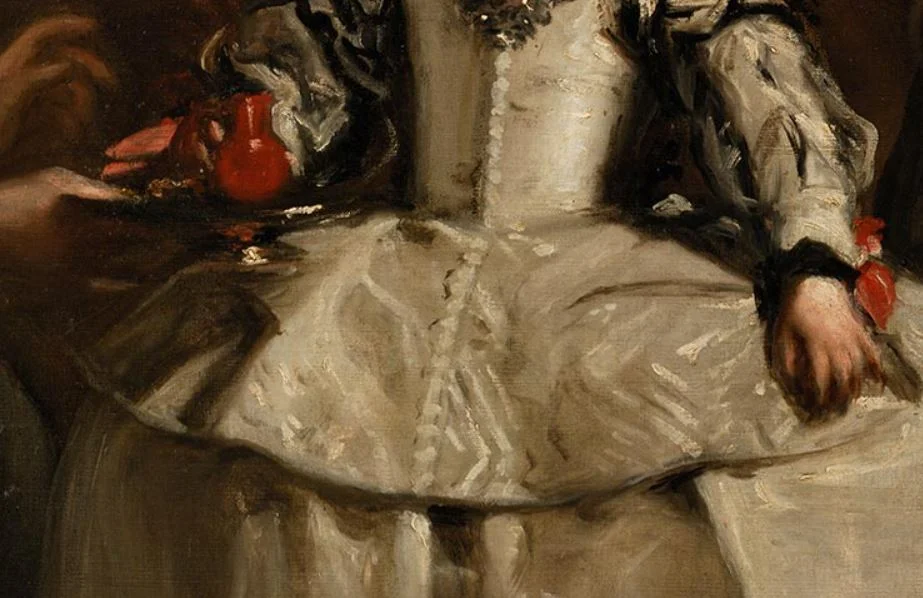
6. The depicted girl was originally mistaken for somebody else
Perhaps one of the most remarkable facts about Las Meninas is that the depicted girl, the Infanta Margaret Theresa, was originally misidentified as Maria Theresa following the fire in the Royal Alázar.
Astoundingly, this mistake was repeated following an inventory was made at the new Royal Palace in 1772.
Maria Theresa (1638-1683) was the older half-sister of Margaret Theresa and eventually became the Queen of France following her marriage to King Louis XIV.

7. The dog is believed to have been a gift from England
Another one of those fascinating facts about Las Meninas is that we probably know where the depicted dog came from. It’s assumed that this is a descendant of two mastiffs that originally lived at Lyme Hall in Cheshire.
These two dogs were given to the father of Philip IV, Philip III, by the King of England at the time, James I, in the year 1604.
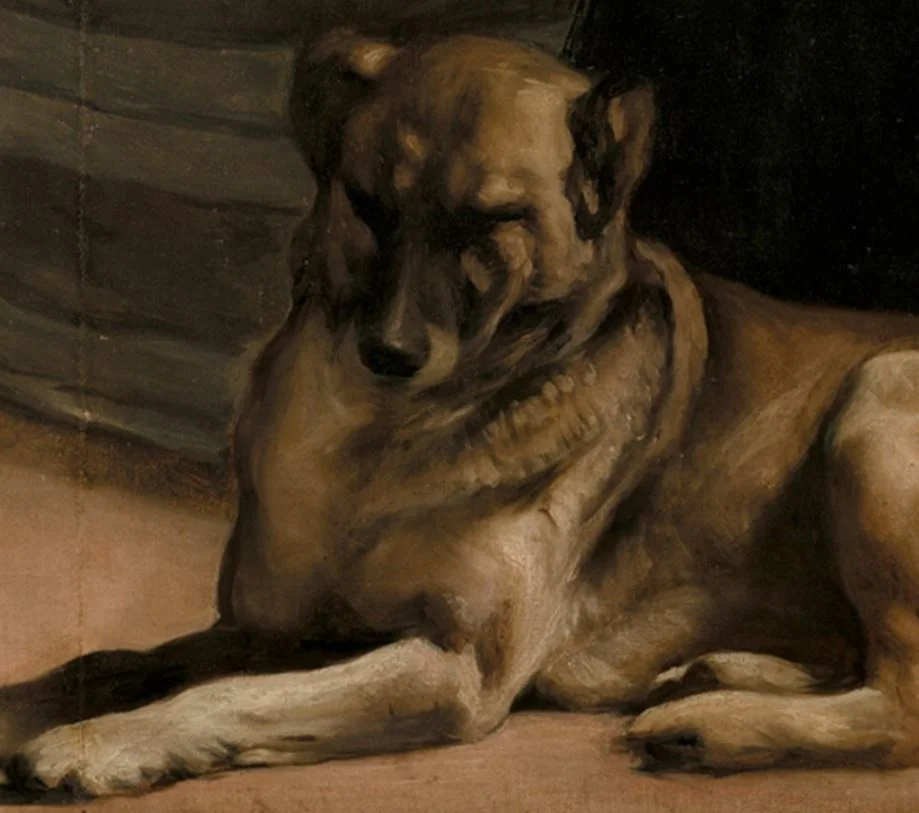
8. There’s something special about the man in the doorway
The vanishing point of the painting is located exactly near the arm of Don José Nieto Velázquez, the man identified as the queen’s chamberlain in the 1650s. He is either entering or leaving the room through the door in the background.
Even though this is uncertain, it’s possible that this is a relative of the painter (they share the same last name). This means his famous relative most probably offered him a nice job in the royal household.
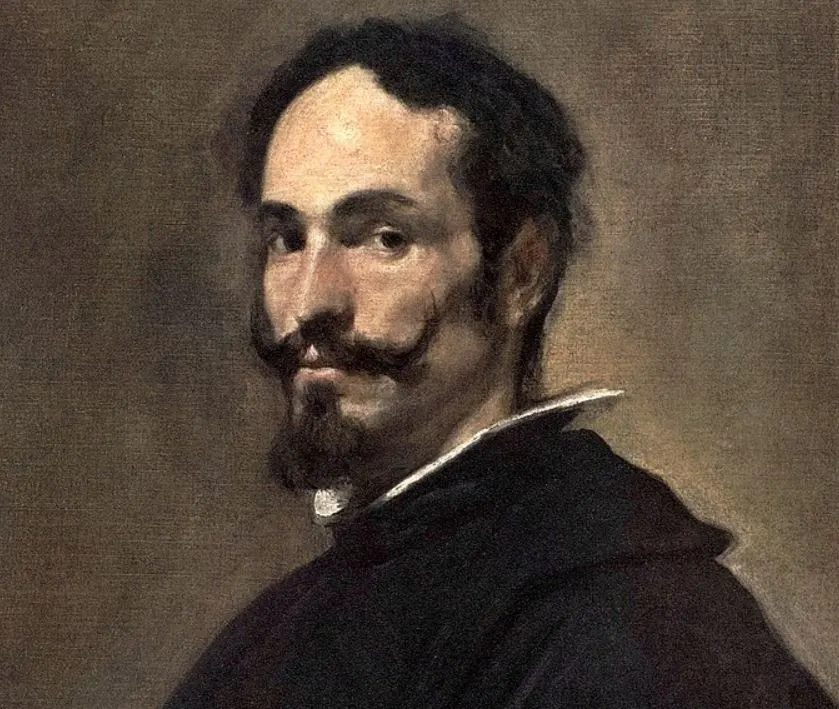
9. The cross on Velázquez’ chest was probably painted afterward
The red cross we can see on the chest of Diego Velázquez is that of the Order of Santiago, a religious and military order established in the 12th century to protect pilgrims on the Way of Saint James towards the Cathedral of Santiago de Compostela.
What’s remarkable is that he didn’t earn this title until the year 1659, 3 years after this painting was completed. Some sources state that King Philip IV ordered this cross to be painted following his death, while some others even claim the king painted it on himself!
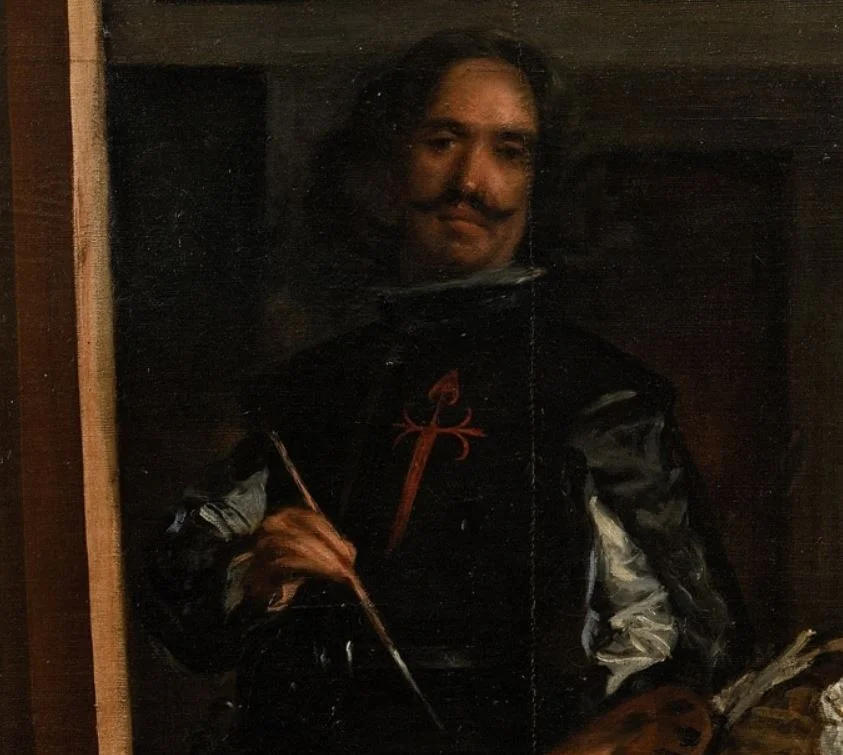
10. We can see the reflection of the King and Queen in the mirror
The King and Queen can be seen reflected in a mirror at the back of the room. The most logical conclusion is that they are posing while Velázquez is painting their portrait.
It’s the only time that King Philip IV allowed the painter to depict him at a relatively old age, and the only double portrait ever created of him and Queen Mariana!
While the exact meaning is still heavily debated by art historians around the world, it’s possible that the painting literally makes us look through the eyes of the king and queen as they are posing. So the viewer basically sees the room from their point of view, an astounding conclusion of one of the most analyzed paintings in the world!
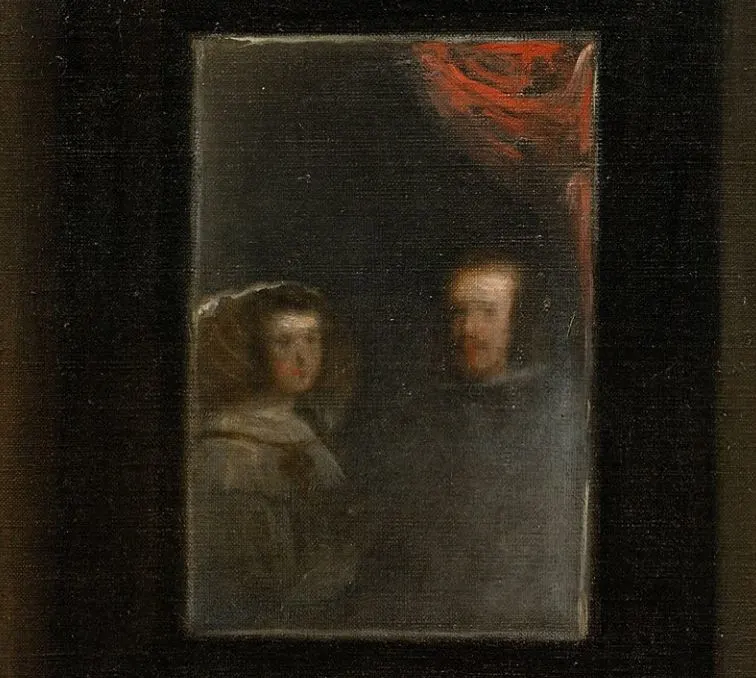
11. A famous Flemish painter probably influenced Velázquez
Using a mirror to reflect people who aren’t visible in the painting wasn’t a new element, and we most probably know where Velázquez got his inspiration from.
The Arnolfini Portrait (1434), one of the most famous works by Early Netherlandish painter Jan van Eyck (c. 1480 – 1441) is one of the most notable examples of this technique as we can presumably see the painter and his assistant’s reflection in the mirror on the wall.
We’re pretty sure that this was his inspiration because this painting was present at the Royal Alcázar of Madrid at the time before it was moved to the Royal Palace. This incredible masterpiece eventually ended up in the National Gallery in London in the 19th century.

12. It’s possible that the Infanta was supposed to pose with her parents
The title of the painting “Las Meninas” is a reference to the ladies-in-waiting who interact with the Infanta. The girl on her right-hand side offers her a drink from a red cup as she is kneeling towards her.
It’s possible that this painting is called this way because the Meninas are trying to encourage the 5-year-old girl to pose with her parents, but she refuses to do so.
After all, what 5-year-old child can sit still for hours on end, right?
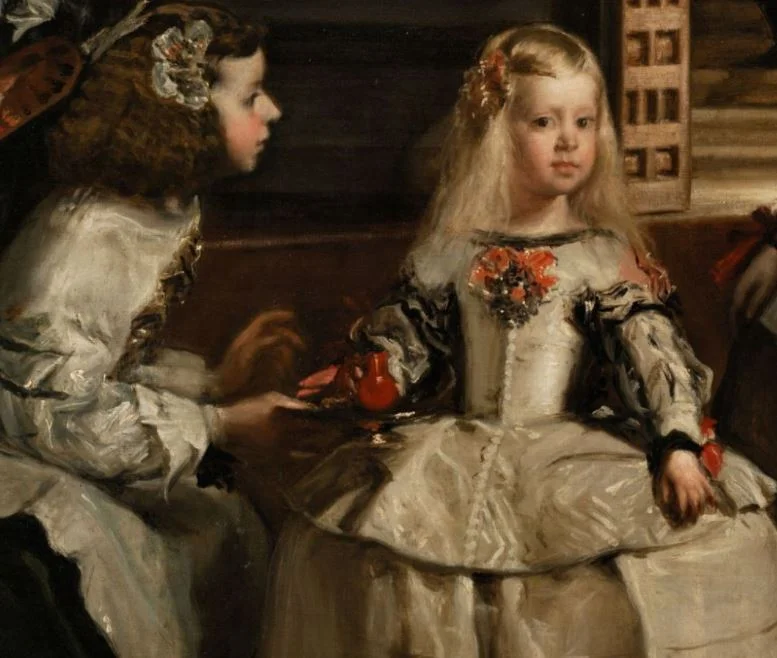
13. It’s considered to be the ultimate masterpiece of the painter
Diego Velázquez was not just the most prominent painter of his time, he’s considered to be one of the most renowned painters in Spanish history. Las Meninas has a lot to do with that as it’s considered to be his ultimate masterpiece.
The painting has been described by art historians as both “the theology of painting” and “the true philosophy of the art,” remarkable words which emphasize the importance of an extraordinary work of art.
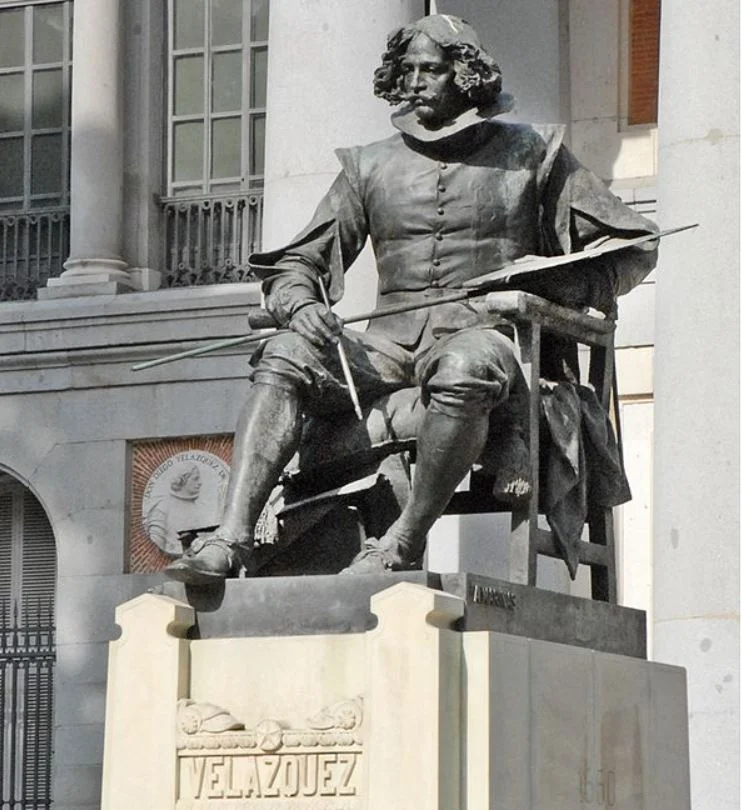
14. It became the inspiration for multiple other works in the future
The painting has inspired countless artists in the centuries following Velázquez’s death, and multiple works have been modeled on his Magnum Opus.
Perhaps the biggest compliment came in the 20th century when Pablo Picasso painted 58 interpretations of Las Meninas between August and December of the year 1957.
All of these paintings can now be admired at the “Las Meninas room” of the “Museu Picasso” in Barcelona, Spain.
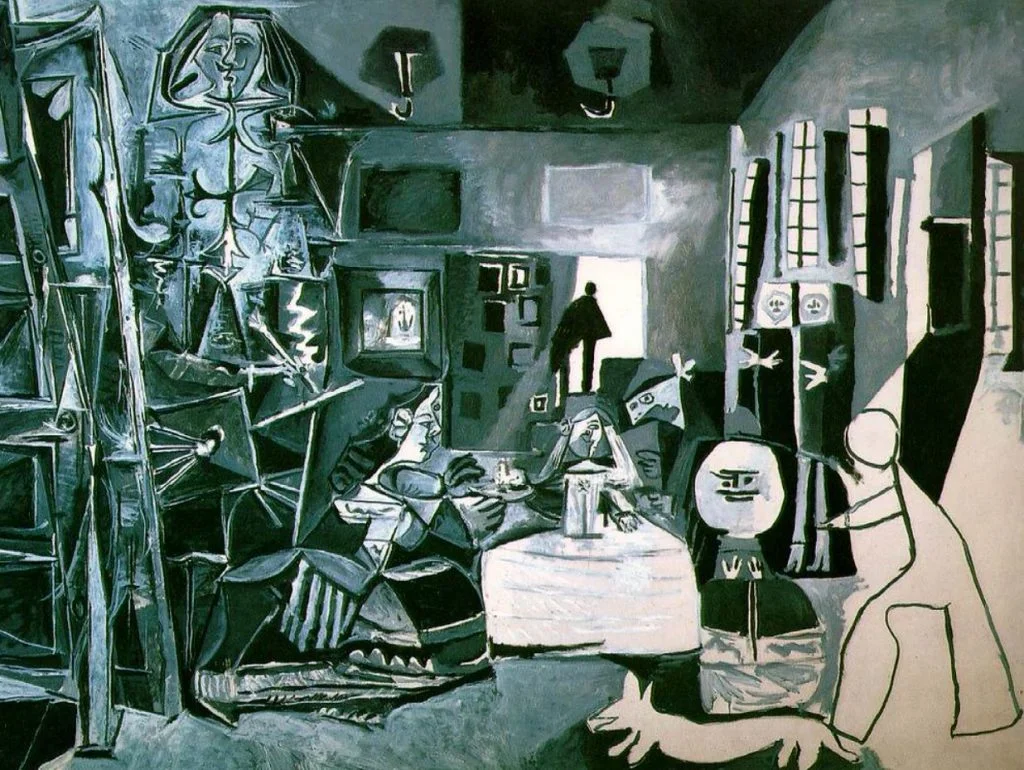
15. It’s the most famous attraction of Madrid’s biggest museum
The painting was stored at the Royal Palace of Madrid until the founding of the Museo del Prado in 1819. Back then, the work was still known as “The Family of Philip IV” and was named as such when it entered the museum’s collection.
It wasn’t until the year 1843 that the Prado first cataloged it as “Las Meninas.” That was a great move because it became their most famous attraction at the same level as the Mona Lisa Painting at the Louvre in Paris!

